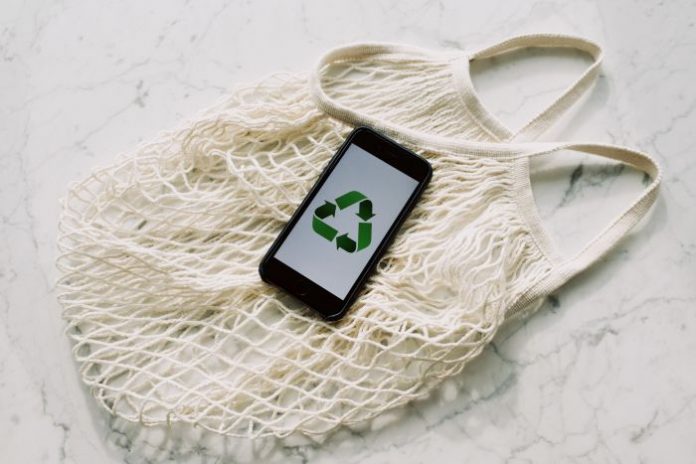
The circular economy for more sustainable growth
The linear economy model (take-make-use-dispose) which doesn’t provide for the recovery, recycling and reuse of waste, is imperfect since it considers the natural resources of our planet to be infinite, but, unfortunately, this is not the case.
Since there is a limit to the use of raw materials that are essential for most human activities, the most reasonable solution consists in the search for a development model based on the minimization of waste and the enhancement of by-products, capable of maintaining high profits and at the same time, to make the economy more sustainable.
The recycling of waste is certainly a valid tool to reduce the environmental impact of production processes.
However, the concept of circular economy aims at minimizing the production of waste, enhancing production residues.
The objective of the circular economy is to minimize waste, since the latter can be valorised and therefore reused, reused and recycled.
This would limit not only the extraction of resources from the natural system, but also the reintroduction of waste into the environment.
The by-product: from waste to earning opportunities
Too often, companies regard by-products as waste.
In this way, the environmental impact of the company increases, but also the economic impact, since waste management represents a cost for the company.
In this regard, it is first of all worth mentioning the definition of by-product.
Art. 184-bis, introduced in Legislative Decree 152/2006, establishes 4 points that the object or substance must comply with in order to be classified as a by-product:
- The substance or object originates from a production process, of which it forms an integral part, and whose primary purpose is not the production of that substance or object;
- It is certain that the substance or object will be used, during the same or a subsequent production or use process, by the manufacturer or third parties;
- The substance or object can be used directly without any further treatment other than normal industrial practice;
- Further use is legal, i.e. the substance or object meets, for the specific use, all relevant requirements regarding products and the protection of health and the environment and will not lead to overall negative impacts on the environment or human health.
In addition to this definition, fortunately, the Legislative Decree 264/2016 and the subsequent Circular of 30 May 2017 have been added which clarify the definitions and tools available to demonstrate that the object in question is a by-product and not a waste.
Once this is demonstrated, the company will be able to manage the object or substance as a by-product, obtaining a clear reduction in costs.
The by-product, in fact, translates into avoided waste. This means that the costs of waste management are reduced.
Managing waste means facing the costs of drafting forms, registers and MUDs, which are not foreseen for by-products.
In addition, the company would save the costs of disposing of waste in landfills.
The by-product, unlike waste, can be reused within the same production cycle (saving the costs of purchasing new material) or resold to third parties, avoiding waste management costs, and even obtaining a profit.
Therefore, knowledge of the economic and environmental benefits of by-products could encourage the spread of an increasingly “circular” culture among companies, which could create a network for the exchange of production residues, that is, a real industrial symbiosis.



































